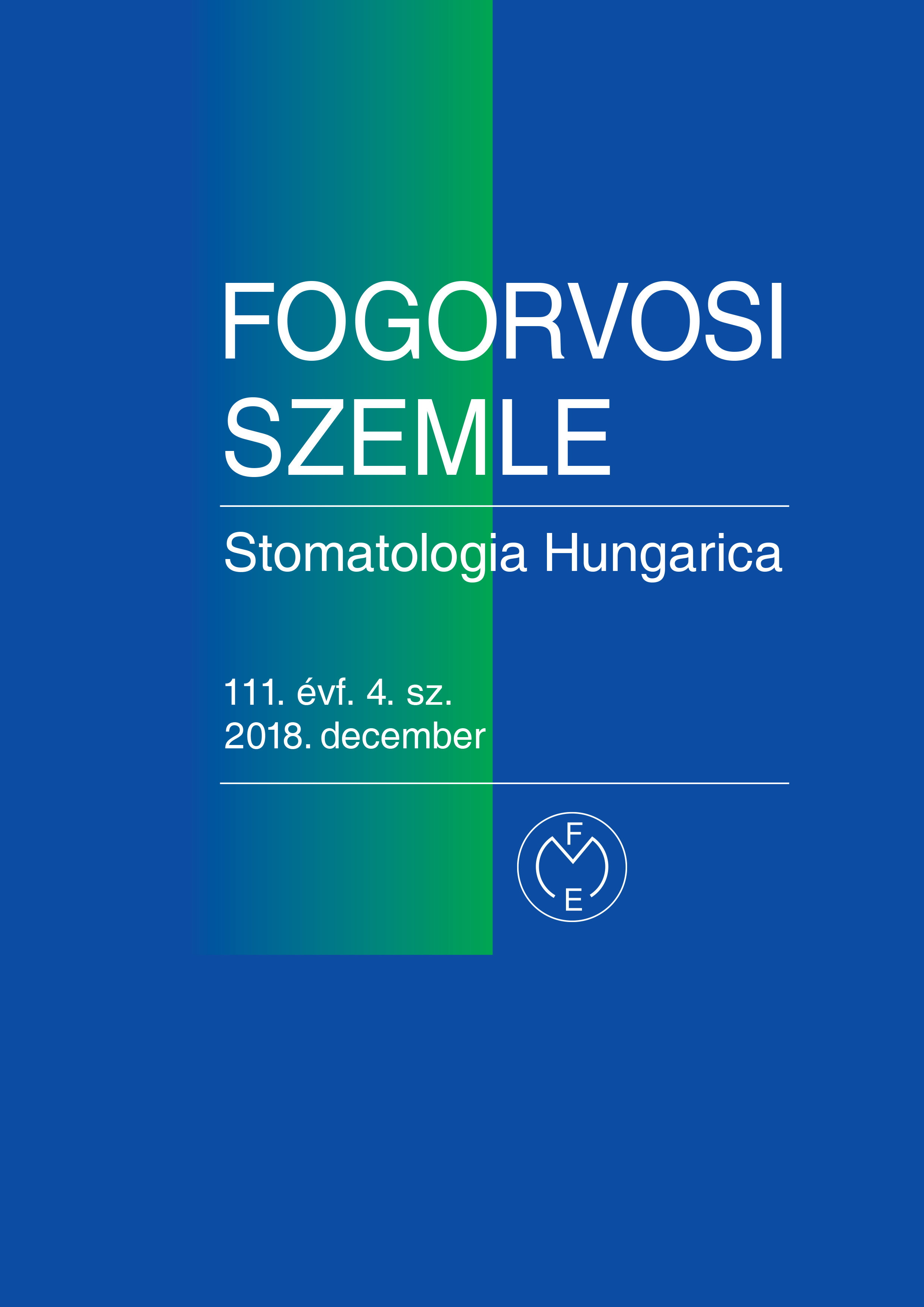A new classification scheme for periodontal and peri-implant diseases and conditions – Second part: Periodontitis
Based on the American Academy of Periodontology (AAP) and the European Federation of Periodontology (EFP) World Workshop on the Classification of Periodontal and Peri-implant Diseases and Conditions (2017) consensus reports
Abstract
The new classification of periodontitis made several changes and updated the AAP 1999 classification system. A universal periodontitis diagnosis has been introduced for the case definitions of all plaque related periodontal diseases. That replaces the previous periodontitis scheme that distinguished “chronic” and “aggressive” periodontitis. All biofilm related periodontal disease under a single category as “periodontitis” are further characterized based on a staging and grading system. Staging expresses the severity of disease at the first clinical examination and also the expected complexity of disease management. The grading evaluates pathobiological features of the disease, the estimated rate of the progression of periodontitis based on the analysis of patient’s dental and medical histroy, the risk factors. The risk factors for the further diseases progression and all the factors that might hamper the predictability of therapy should also be evaluated. The periodontal state or the planned invasive periodontal therapy should also be assessed as a potential risk factor for systemic diseases.
The new classification system maintained with some modification the 1999 AAP’s classification of Necrotizing Periodontal Diseases (NPD), characterized by typical clinical signs of pain, spontaneous bleeding and papilla necrosis. It is still a distinct category of periodontitis in compromised patients mostly with altered host immune responses. All Endo-periodontal lesions are the consequence of a pathological communication between the pulp and periodontal tissues. This can occur in an acute or a chronic form, and can be further classified according to the clinical signs and symptoms that determines the prognosis and predictability of its management. Periodontal abscesses are acute lesions with localized accumulation of pus within the connective tissues of the periodontal pocket-wall. Its main characteristic is the rapid onset with immediate tissue destruction and the possibility of systemic dissemination.
Copyright (c) 2021 Authors

This work is licensed under a Creative Commons Attribution 4.0 International License.


.png)




1.png)



